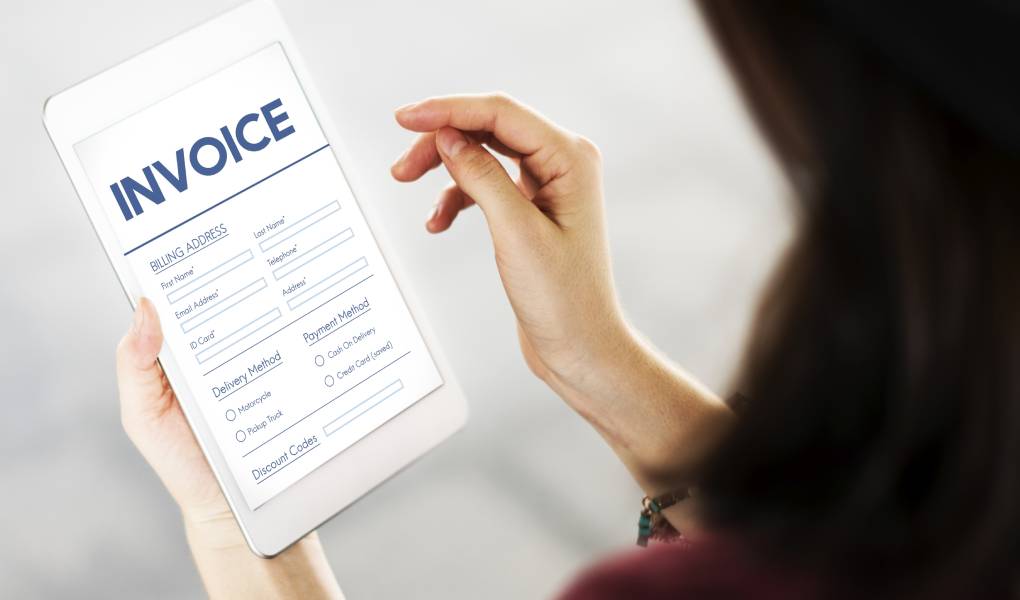An outgoing invoice is not usually a documentary problem for the company that issues it. Still, it can represent a problem for the company that receives it since it is not based on a standard, and each differs in appearance, including format.
That is, the invoice is not structured, and they are not the same. We know then that an invoice is nothing more than a receipt for the delivery of some goods or services.
The incorporation of the digital world has led us to electronic invoicing, and more and more companies are implementing this technology, some due to the evolution of their systems and others forced by the improvements and requirements of others.
So What Is An Electronic Invoice?
An electronic invoice is nothing more than the equivalent of a traditional invoice.
It should be noted that the issuance of an electronic invoice is subject to the consent of its recipient. Therefore, it is a legal alternative to the traditional paper invoice.
Its legality is the same but requires a particular configuration and a series of mandatory information.
Types Of Invoices
There are two types of electronic invoices, structured and unstructured.
The difference between the two is that the structured invoice facilitates its automated processing, while the unstructured invoice is based more on its recognition by OCR systems.
Structured Invoices
The data they contain is generated automatically by the issuer’s computer systems and is processed automatically by the recipient’s payment and accounting computer systems. Examples of formats use the XML language, such as UBL or Facturae.
Unstructured Invoices
It is an image of the traditional invoice in electronic format, but that includes the issuer’s digital signature. Its automation is carried out through optical character recognition (OCR). Most of the invoices are in PDF format.
Can We Automate The Posting Process?
At Telecon Business Solutions, we have extensive experience in process automation, that is, in the automatic accounting of invoices and all this through our Document Manager combined with the ERP of each client.
One of our specialties is centralizing the documentation in a single data repository and making it accessible to users from their ERP. In this way, all the documentation is related.
